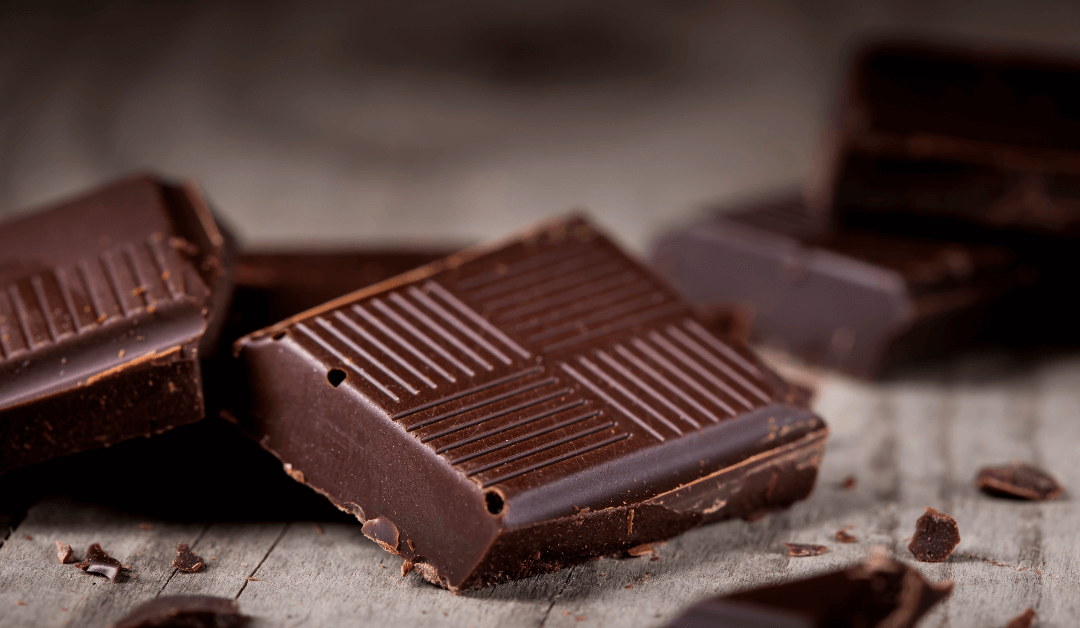What Defines Chocolate As Milk Or Dark Chocolate?
Both milk and dark chocolates are very similar in their composition and are arguably marketed more frequently when compared to the white variety. Milk chocolate, making good use of its namesake, is composed in essence of milk, sugar, and cocoa (roasted cacao beans, sometimes referred to as the “chocolate plant”). This creates a light, sweet flavor profile that varies depending on the ratio of ingredients. Semi-sweet variations are frequently used when baking treats such as cookies. Alternatively, dark chocolates typically utilize little to no milk and have a lower amount of added sugars. In removing the sweeter elements, dark chocolate becomes a sweet and bitter mix that can range vastly in just how bitter it is. In recent years, dark chocolate has also been the subject of various health improvement studies! Health benefits associated with dark chocolates in particular seem to stem from the high content of antioxidants they provide. This has been attributed to lowering the risk of developing heart disease and other related issues.
How Does White Chocolate Fit Into This?
How then, does the infamous white chocolate fit into this debate? Well, depending on how you define “chocolate,” white chocolates may not even qualify! White chocolate treats don’t actually contain any chocolate in them! Vanilla, milk, sugar, and lecithin (a type of fat) are the key ingredients in creating this highly sweet, floral delight. Cocoa butter, often used in milk chocolate as well, is usually included, however, white chocolate does not make use of cocoa solids – just the extract. So, fundamentally, white chocolate is a misnomer as it does not contain any actual chocolate! Despite the technicalities, white chocolate still has a fair number of fans out there and can often be seen in gourmet chocolate creations.
The History Of Chocolate
Chocolate-making can be traced back about 4,000 years, where ancient South American civilizations were first learning how to transform the cacao plant. In the centuries since, we have learned to use chocolate as a staple ingredient in much of what we consume. There are even holidays and theme parks dedicated solely to the celebration of society’s love for the stuff! While milk chocolate is often polled as the favorite amongst Americans, dark chocolate seems to reign over our European counterparts. Whether you prefer a vibrant, bitter profile, or instead wish to defend white chocolate’s rightful naming, the world of chocolates offers endless possibilities and no shortage of flavor!
Contact Us
For all things chocolate and beyond, visit us at the Chocolate Museum to learn more about our chocolate museum and cafe.

